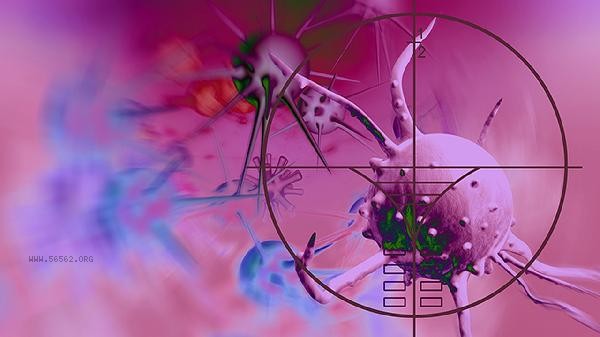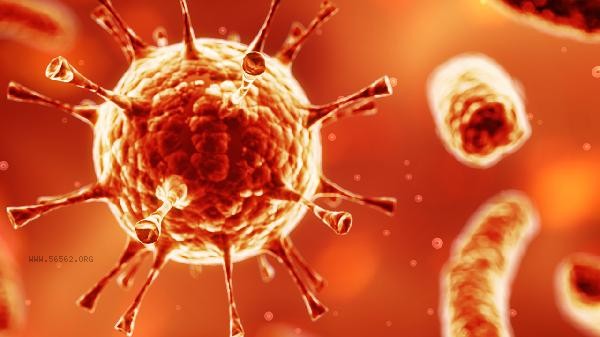The main differences between monocytes and macrophages lie in their developmental stage, functional localization, and morphological characteristics. Both belong to the mononuclear phagocytic cell system but have different roles. The differences are mainly reflected in five aspects: differentiation stage, migration ability, phagocytic activity, antigen presentation efficiency, and tissue distribution.

1. Differentiation stage:
Monocytes are intermediate products of bone marrow hematopoietic stem cell differentiation, released into the peripheral blood circulation after maturation, accounting for 3% -8% of the total white blood cell count; Macrophages are formed by the migration of monocytes through vascular endothelium and further differentiation into terminally differentiated cells, which do not return to the bloodstream. The surface marker CD14 is strongly expressed on monocytes, while macrophages specifically express marker proteins such as CD68.
2. Migration ability:
Monocytes have high migration ability and can reach various parts of the body with blood circulation. Under the stimulation of inflammatory factors, they can penetrate the blood vessel wall and enter tissues; Macrophages colonize specific tissues, such as liver Kupffer cells, alveolar macrophages, etc., and can only move limitedly in the local tissue microenvironment, completing directional migration through chemokines.
3. Phagocytosis activity:

Monocytes only have basic phagocytic function, mainly clearing apoptotic cell debris and small pathogens; Macrophages have a stronger lysosome system and oxidative burst ability, can engulf large foreign objects such as silica dust and tuberculosis bacteria, and can activate immune responses by secreting cytokines such as tumor necrosis factor. Mononuclear cells are often cleared through apoptosis after phagocytosis, while macrophages can continuously renew phagocytic substances.
4. Antigen presentation:
Monocytes mainly play an innate immune role, and their antigen presentation function is relatively weak; Macrophages highly express MHC class II molecules, which can effectively process and present antigens to T cells, serving as a key bridge between innate and adaptive immunity. Macrophages can also regulate Th1 type immune responses by secreting cytokines such as interleukin-12.
5. Tissue distribution:
Monocytes only exist in the blood and bone marrow, with a lifespan of about 1-3 days; Macrophages are widely distributed in solid organs such as the liver, spleen, lungs, and lymph nodes, and can have a lifespan of several months to several years. Macrophages in different tissues have region specific functions, such as osteoclasts participating in bone remodeling and microglia maintaining central nervous system homeostasis. Maintaining a regular sleep schedule and balanced nutrition can help maintain the function of the monocyte macrophage system. It is recommended to consume foods rich in vitamin A, such as carrots, spinach, zinc oysters, and nuts, daily to support cell differentiation. Moderate aerobic exercise can promote bone marrow hematopoietic function. Avoid long-term exposure to environmental factors such as secondhand smoke and air pollutants that may inhibit macrophage activity. In the event of persistent fever or repeated infections, it is necessary to promptly check the monocyte count and proportion.









Comments (0)
Leave a Comment
No comments yet
Be the first to share your thoughts!